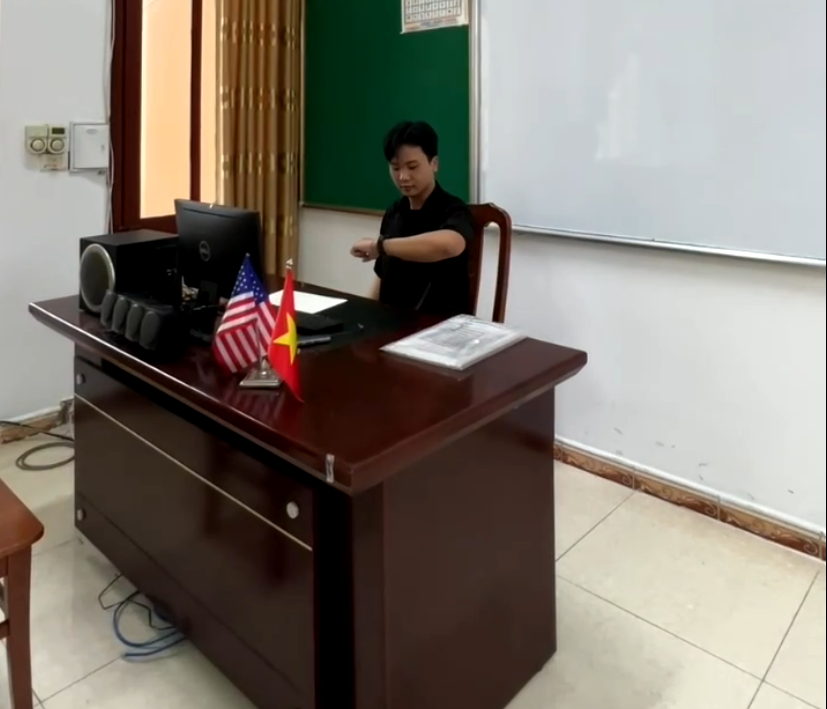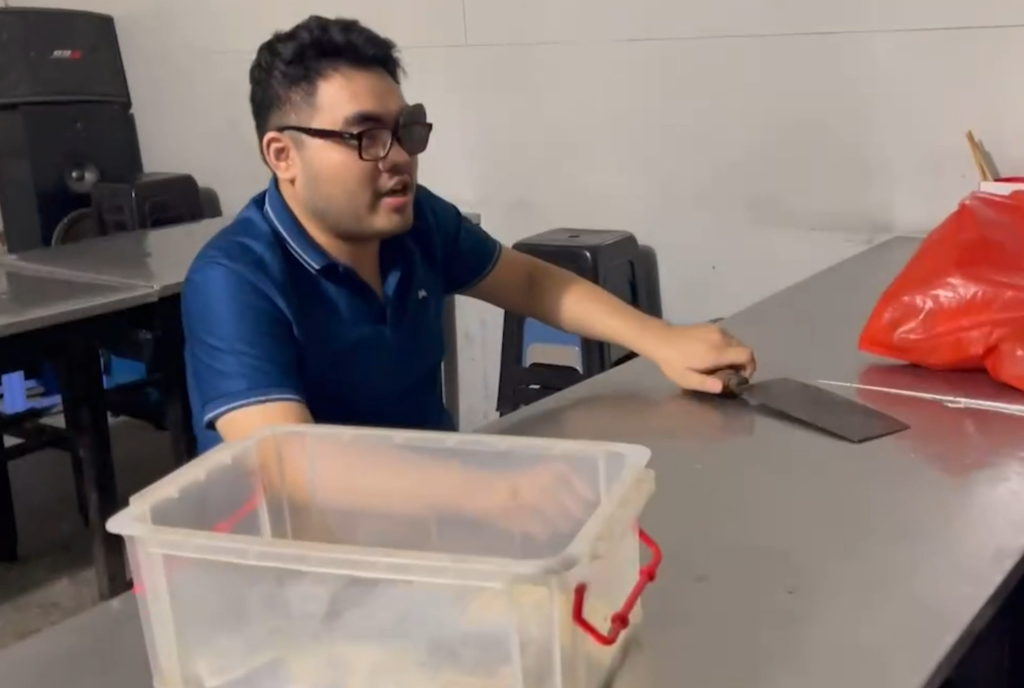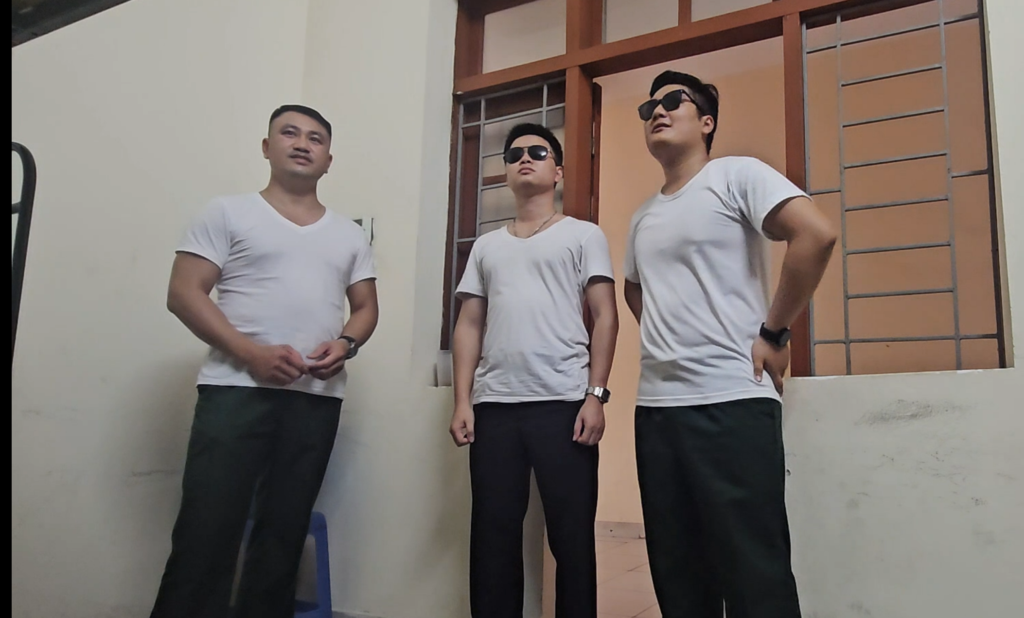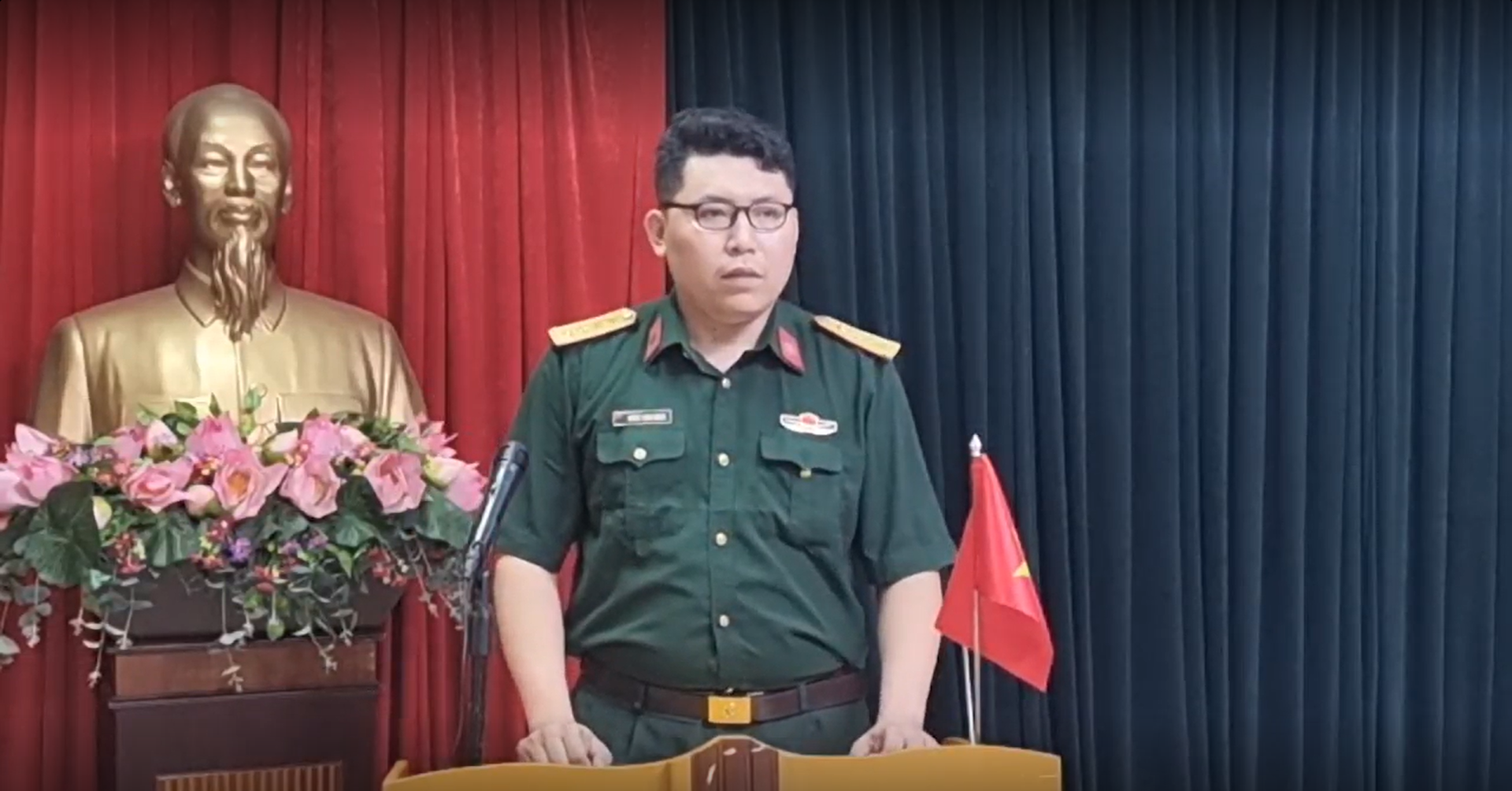Lana Learn instructors in Vietnam provide their students with additional speaking practice to improve language skills.
Lana Learn’s English language training program in Vietnam follows the curriculum set forth by the Defense Language Institute English Language Course (DLIELC). The American Language Course (ALC) books focus on four language skills: reading, writing, listening, and speaking. Lana instructors at Unit 871 ensure that their students get ample time to practice each of these skills in class. However, we have found that students often need additional speaking practice. Regular speaking allows students to improve on their fluency and pronunciation clarity.
There are many speaking activities that the instructors normally conduct in class. These include question-and-answer exercises, class discussions, and simple pronunciation drilling. However, one concern is how to get students to use the target language in a way that approximates real-world scenarios.
The course instructors have implemented group speaking projects for this cohort of students. At the beginning of each new book, we put the students in groups of three to ensure each student will get sufficient speaking time. We then assign each group a set of vocabulary and grammar from one portion of the current book. We give them two weeks to create a situation, write up a script, and finally record their dialogues on 2-3 minute videos.
Student Speaking Projects
In this most recent project, the students submitted several creative and entertaining videos that still focused on the target language. One project pertained to the use of “should/shouldn’t” in the context of good manners. The group portrayed a young man going to visit his girlfriend’s parents, who were trying to scare him out of marrying their daughter. The video played on tropes found in Vietnamese soap operas: the music, dialog, and intimidating behavior of the prospective “father-in-law.”
I tasked another group with language used for describing people’s appearances. The students played themselves coming to class for the first time and talked about their friends. An interesting aspect of the scene was one of the students portraying me as their instructor. He was able to mimic my mannerisms quite well. This brought a massive wave of laughter from the whole class, including me.
One group of students had to use vocabulary pertaining to home repairs and safety. In the video, one major asked his two colleagues to help him fix a light in his billet. The two men walked in to have a look. One man says, “Well, let’s get started.” And with perfect timing, both put on their sunglasses and strike a heroic pose for the camera, like a shot from CSI Miami. The major asks, “Why the sunglasses? We are indoors.” Another responds, “Well, we can’t risk getting blinded by the light.” Mastering humor in a second language is challenging. Creating this type of scripted humor is good practice for students in their language acquisition journey.
Despite the rehearsed nature of these speaking projects, our goal is to give students a chance to practice running conversation using specific lexical and grammatical sets to help increase their fluency and pronunciation. In addition, the prompts allow them to apply language usage in a fun and creative way. In that regard, the speaking exercises are both engaging and memorable.




